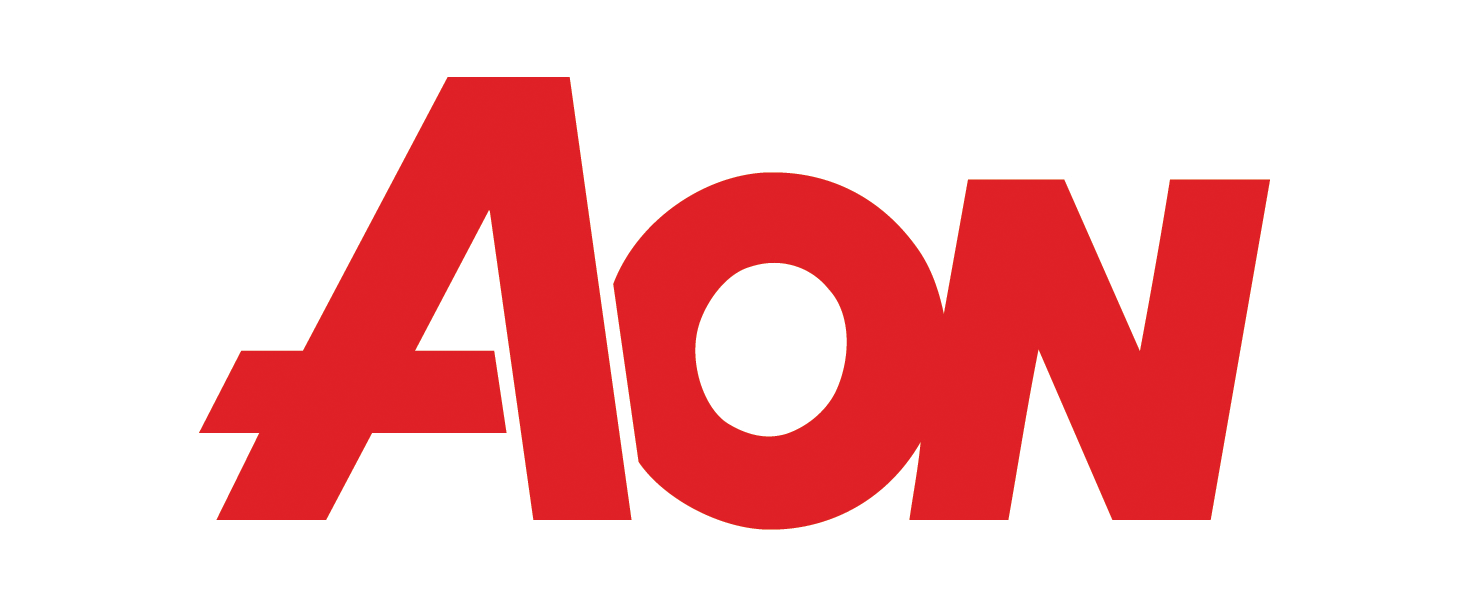
Opinions expressed in AGB blogs are those of the authors and not necessarily those of the institutions that employ them or of AGB.
It’s Summer 2021 and we are heading into a new academic year with many emotions: excitement, trepidation, confidence, hope. I expect the 2021/2022 academic year to bring all these to a heightened level. As a mother of a graduate student, a wife of a professor, and as the leader of Aon’s non-profit practice working directly with higher education institutions in management and oversight of endowments and foundations, I am experiencing these emotions from all angles. How can we prepare such that we are filled more with confidence and hope than trepidation? By assessment and management of risks.
While many institutions have instituted some level of risk management, it often takes a large negative event for one to realize that there are gaps. Following the Global Financial Crisis, we saw an increased focus on risk management; many institutions have done an excellent job in developing risk protocols for the student body, campus security, athletics and academics, and have an overarching enterprise risk strategy covering these areas. But these plans have not included the endowment assets. However, a new form of risk management has re-emerged to the fore since the beginning of the pandemic, Enterprise Risk Management (ERM) – but from the lens of oversight of asset pools, primarily endowment and foundation assets.
We at Aon have spoken about ERM for many years, and the pandemic has proven why integration of risk assessment and management is vital. It takes a lot of skill and expertise to manage assets, having a view on global capital market dynamics and economic relationships, insights to private markets, asset allocation, selection of asset managers, to name a few. But that expertise is of little use in structuring the appropriate portfolio for a University’s endowment if you don’t understand the myriad of risks and risk tolerances. To do so, it helps to establish a framework, have a process and define metrics for success.
A well-structured ERM process, from the lens of asset management includes:
- Cataloging the integrated relationships
- Bringing different stakeholders of an institution together – a good governance process
- Developing a framework for identifying and assessing risks
- Creating a prioritization process to identify the most important and biggest impact risks
- Consideration of both immediate, medium term and long-term risks
- Accessing tool(s) to easily identify and understand where to focus attention to help manage and mitigate risks
In a very simple form, the integrated relationships to focus on in managing a University’s endowment are: the asset pool, the foundation itself, the university and the outside world, which we call “external forces”. Each have numerous risks; thus, it helps to brainstorm, develop a list of all potential risks and then prioritize them by level of importance. For instance, key risks for the four groups listed above may include:
- Asset pool risks: Meeting return objectives, liquidity, economic slowdown, inflation, downturn in funding
- Foundation organizational risks: Fundraising and donor engagement, public policy, budget
- University (Higher Education) risks: Business reputation, failure to innovate, damage to reputation, cyberattacks
- External forces’ related risks: Geopolitical, increasing competition, regulatory, pandemic
Every other year, Aon conducts a global risk management survey with over 2500 respondents and the most recent risk survey is from 2019. The risks for higher education noted in that survey, while not specifically articulating “pandemic” include results we have experienced in the past year such as business interruption and failure to innovate.
Prior to the pandemic, higher education already faced some large risks such as the upcoming enrollment cliff, student retention, increasing costs in areas like healthcare and technology expansion; the pandemic brought a host of other risks, such as ensuring operational classrooms whether virtual or live. With regards to asset pools, the past year has seen significant pivot in fundraising and the management of the assets. This magnified the sense of trepidation versus hope and confidence. However, with considered analysis, tools to stress test portfolios, and with clarity of understanding, confidence should prevail. For instance, asset allocation modeling should include stress testing portfolios under key risk scenarios such as climate change, pandemic, loss of funding, and lack of liquidity.
It is not too late to begin a risk management program, and if you have already incorporated one take the time to reassess and determine ways to improve. Knock down the silos and have conversations with key stakeholders around campus, develop a list of key risks, determine priority risk metrics and assess portfolios. There will be surprises this year as campuses reopen and students return. Management of assets is not easy and with the potential of additional events such as virus resurgence, inflation, climate change, population changes, universities who have prepared for eventualities and have a game plan in place should thrive versus those that don’t.
Heather Myers is a Partner and the Non-Profit Solutions Leader at AON.
For additional Aon insights, please refer to the following articles:
References and Resources
- The Way Forward: How Endowments Can Manage Through Market Volatility
- Learning from the Past, Looking to the Future
- Themes for Non-Profit Organizations
- AGB Resources: Risk Management
The opinions referenced by Aon are as of the date of publication and are subject to change due to changes in the market or economic conditions and may not necessarily come to pass. Information contained herein is for informational purposes only and should not be considered investment advice.
With Thanks to AGB Sustaining Sponsor Member: Aon
Heather Myers
Partner
Non-Profit Solutions Leader
Aon


